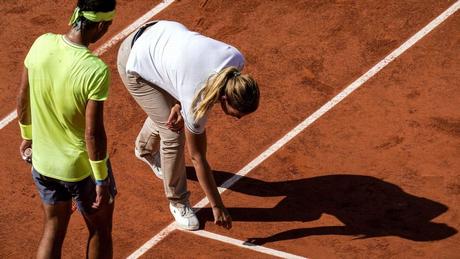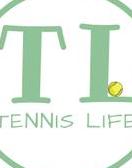Tennis is one of the most traditional sports in the world. And in modern times, where technology has touched every aspect of life, even tennis been met with innovation, namely “Hawk-Eye”, the electronic line-calling system that eliminates human error.
We regularly see this technology in both the hard and grass court Slams, but it’s totally absent at the French Open and other clay court tournaments. Why is that?
Clay is one of the oldest surfaces in the history of tennis. So, many believe that the lack of electronic line-calling is simply tradition. But is that the actual reason?
The real reason Hawk-Eye is not used on clay courts
The answer to why clay-court tournaments do not use the Hawk-Eye system is because of the surface itself. Notably, the red clay leaves behind marks where the ball has bounced, extinguishing the need for electronic-line calling.
On this matter, the tournament director of the French Open, a clay-court Grand Slam tournament, Gilbert Ysern, responded. He said,
I don’t think we need it. There are ball marks on clay, and our chair umpires are used to checking the marks when needed, and, so why would we need Hawk-Eye?
This method, however, leaves room for human error, which has caused many controversies over time. Many tennis players are now calling for Hawk-Eye on clay courts.
However, Ysern, a former chair umpire himself, said,
It’s very, very rarely that the officials can’t find the mark.
Is money also a factor for not using Hawk-Eye on clay?
Many also believe that avoiding Hawk-Eye at clay-court tournaments is a matter of cost-cutting. The high-tech does come at a high price, but according to Ysern, it is more about the principal.

An umpire inspecting a mark in the clay to determine if a ball is in or out is a common sight at the French Open. | Photo Source: Getty Images
He explained,
Why should tennis be the same on all surfaces? We water the court between two matches. Should we water the court between two matches at the U.S. Open? Of course, I’m kidding. Each surface has its own way of working.
Inarguably, the events played on red dirt set a different tone than the rest of the tournaments. Said Ysern:
The chair umpire getting down and checking the mark and [going] back up, it’s part of the, how do you say, the mise-en-scene.
What are your thoughts? Are you in favor of or against the electronic-line calling system on clay courts, or tennis, in general?

